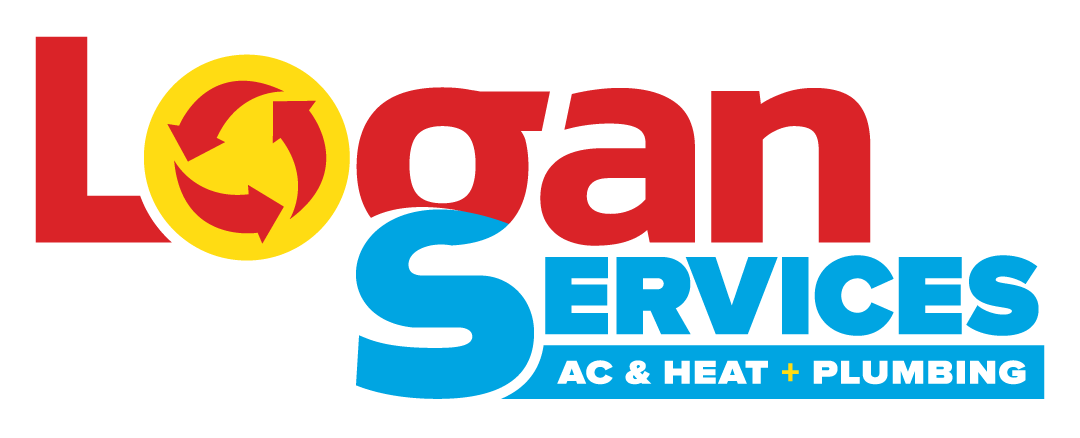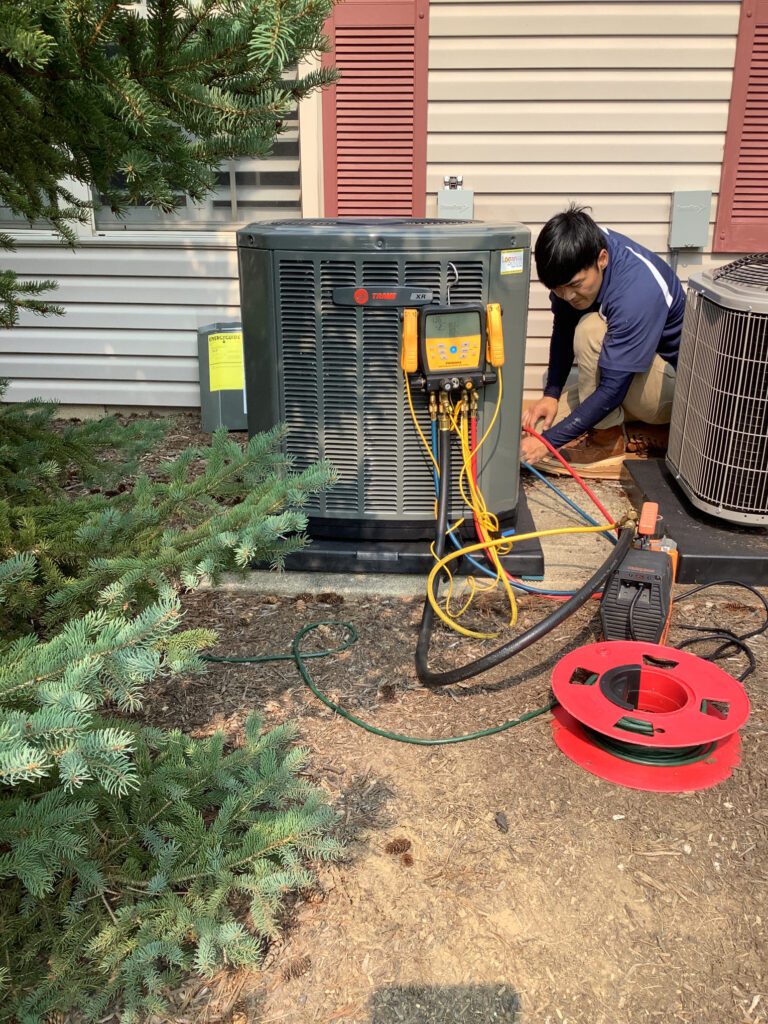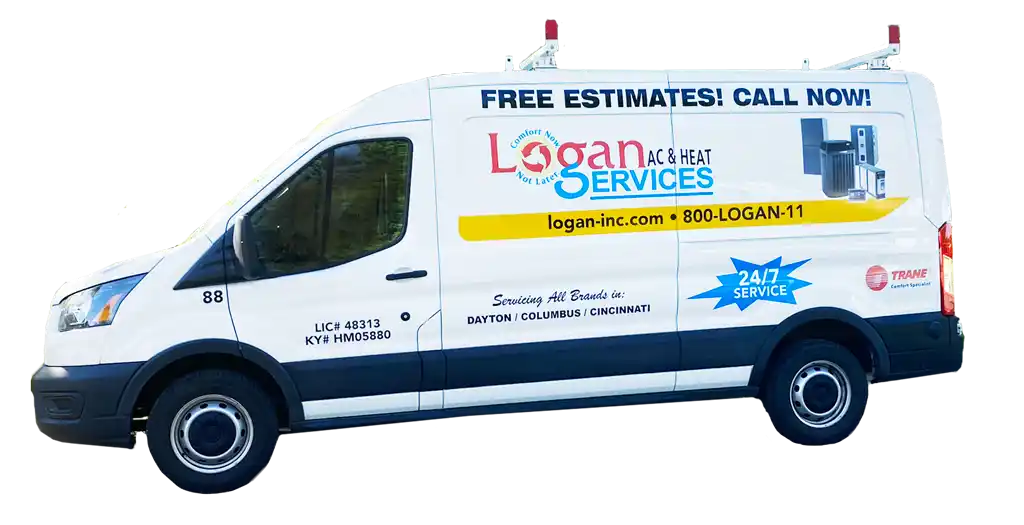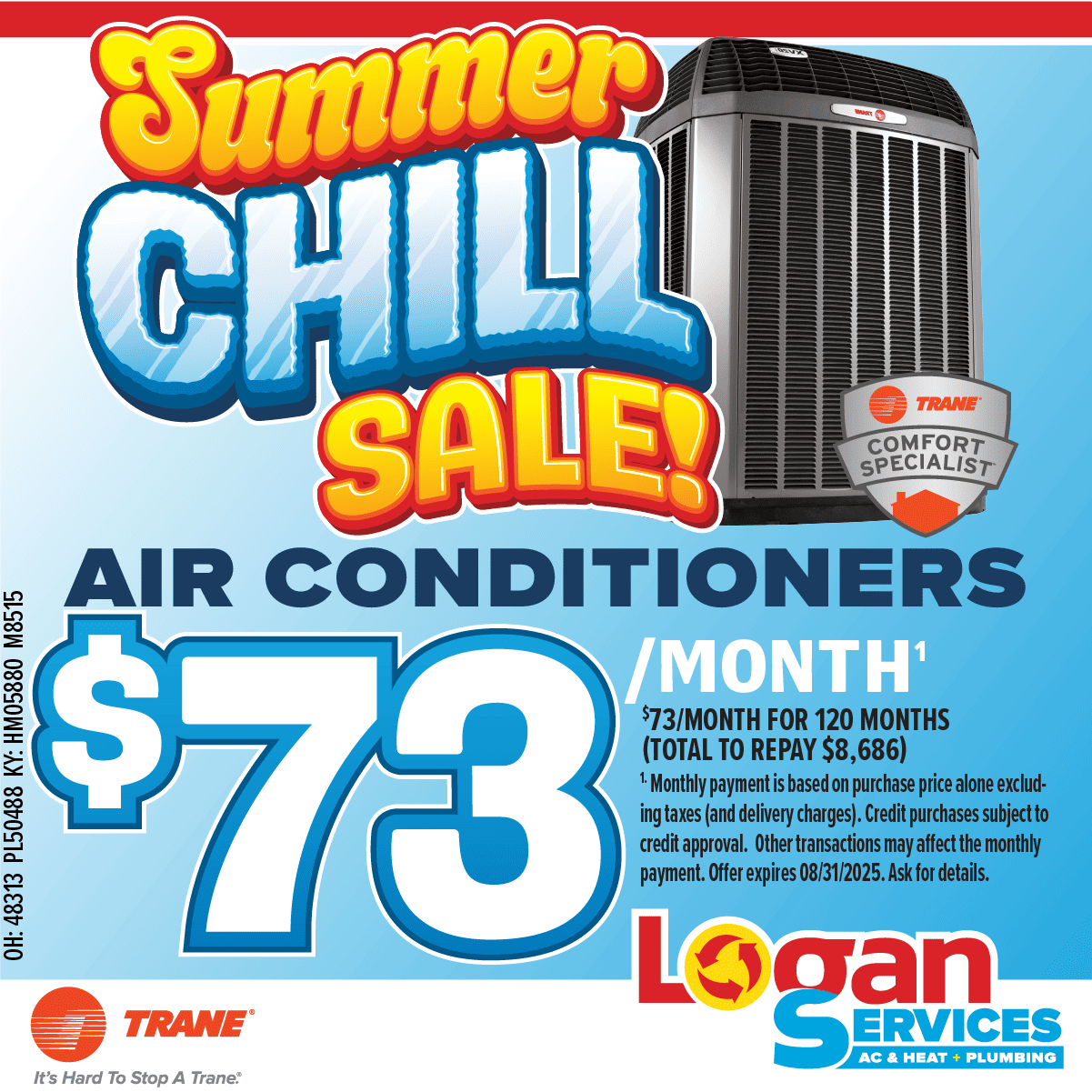Looking to purchase a 1.5-ton AC unit but not sure where to start? Our guide is here to help. From understanding what a 1.5-ton AC unit is and how tonnage is calculated to determining when a 1.5-ton unit is necessary, this article covers all the basics.
Additionally, we’ll delve into the installation and maintenance guidelines for 1.5-ton AC units, as well as explore their energy efficiency and the benefits of using energy star certified models. Finally, we’ll provide tips for optimizing your 1.5-ton AC unit’s energy usage. Whether you’re a homeowner or an HVAC professional, this guide will equip you with the knowledge you need to make informed decisions about 1.5-ton AC units.
Understanding 1.5 Ton AC Units
In the world of air conditioner systems, understanding the tonnage of your unit is crucial. This often-confusing term refers to your air conditioner’s cooling capacity, not its weight. One of the smaller used sizes for whole home residential applications, but larger in single room applications is the 1.5-ton AC unit.
What is a 1.5 Ton AC unit?
A 1.5-ton air conditioner is a unit that can remove 18,000 British Thermal Units (BTUs) of heat per hour from your home. These models are suitable for medium-sized rooms and are a popular choice for homeowners due to their high-efficiency ratings. Systems like these often come with a variable-speed inverter, a heat pump, and a coil width adapted for optimal cooling.
How is Tonnage Calculated and Why Does it Matter?
Tonnage is determined by how much heat an air conditioner can remove in one hour. One ton equals 12,000 BTUs per hour. Therefore, a 1.5-ton AC unit can remove 18,000 BTUs per hour. The right tonnage matters because it determines the unit’s cooling power. Too small, the AC will run continuously, trying to cool the room. Too large, and it will cool too quickly, leading to humidity problems.
When is a 1.5 Ton AC Unit Necessary?
A 1.5-ton AC unit is typically suitable for a room of up to 900 square feet. It’s a common choice for bedrooms, small living rooms, or offices. It’s important to remember, though, that the actual cooling capacity can be affected by insulation, sun exposure, and the number of appliances. If your room is larger than 900 square feet you might need to consider a 2 ton unit.
Installation and Maintenance of 1.5 Ton AC Units
Guidelines for Professional Installation
A proper 1.5-ton air conditioner installation is critical to ensure the efficiency and longevity of the unit. It requires expertise, from selecting an appropriate site to following the precise steps included in the installation manual. An incorrectly installed unit can lead to poor performance, breakage, or even pose a safety risk. That’s why it’s best to work with HVAC professionals, like the team at Logan Services, for your installation.
Essential Routine Maintenance Tasks for 1.5 Ton AC Units
Routine maintenance can prevent costly repairs and extend the lifespan of your AC unit. Essential tasks include filter changes, coil cleaning, inspecting the condensate drain, checking the coolant levels, and ensuring the fan functions properly.
The Importance of Yearly Servicing
Yearly servicing by a certified professional is vital to keep your AC running at peak performance. Apart from a comprehensive check and cleaning, the technician can spot and solve potential issues before they escalate into major problems.
Energy Efficiency of 1.5 Ton AC Units
Energy Star Certified 1.5 Ton AC Units
Energy Star-certified 1.5-ton AC units, such as many split air conditioner models, offer significant savings on energy bills. They are rigorously tested to meet EPA energy efficiency and environmental protection guidelines, making them a great investment.
Cost Savings and Environmental Benefits of Efficient Units
Investing in efficient 1.5-ton AC units can lead to significant cost savings. They can reduce energy usage by as much as 50% compared to non-certified models. Plus, they help reduce greenhouse gas emissions, contributing to a healthier planet.
Tips for Optimizing Your 1.5-Ton AC Unit’s Energy Usage
There are several ways to optimize your air conditioner’s energy usage:
- Install a Programmable Thermostat to Manage Temperature Settings efficiently
- Ensure Your Home is Well Insulated
- Maintain Regular Servicing of Your Unit
About Logan Services A/C, Heat & Plumbing
Look no further than Logan Services A/C, Heat & Plumbing for all your air conditioning needs! With years of experience and a team of highly skilled technicians, we are dedicated to providing top-notch service and customer satisfaction. Logan Services is family owned and operated, and our team is committed to quality installation. Every time we come to your home for an installation, we follow a strict checklist to ensure the job is done right every time. If you have questions, our team is here to help, and we’ll give you a complete walkthrough of your new system once it’s complete.
Whether you need a new AC system installation, repairs, or routine maintenance, we’ve got you covered. Don’t let the extreme temperatures control your comfort – take action now and give us a call at Logan Services A/C, Heat & Plumbing to ensure your home is cool and cozy all year round.
FAQs
How many square feet will a 1.5-ton AC unit cool?
The cooling capacity of an AC unit is measured in British Thermal Units (BTUs), not square feet. However, a general guideline is that a 1.5-ton AC unit is typically suitable for cooling an area of around 600 to 900 square feet. This can vary depending on various factors such as the insulation of the area, ceiling height, number of windows, and the local climate.
It is always recommended to consult with a professional HVAC technician to determine the appropriate AC unit size for your specific space.
How much power does a 1.5-ton AC use?
A 1.5-ton air conditioning unit typically consumes around 1.5 kilowatts per hour. However, the exact power usage can vary depending on factors such as the unit’s efficiency, the temperature setting, and the outside temperature conditions.
It is worth mentioning that air conditioners are demanding appliances and can be one of the largest energy consumers in a household. To optimize energy efficiency, choosing a model with a high energy efficiency rating and properly maintaining and insulating the cooling system is recommended.





















